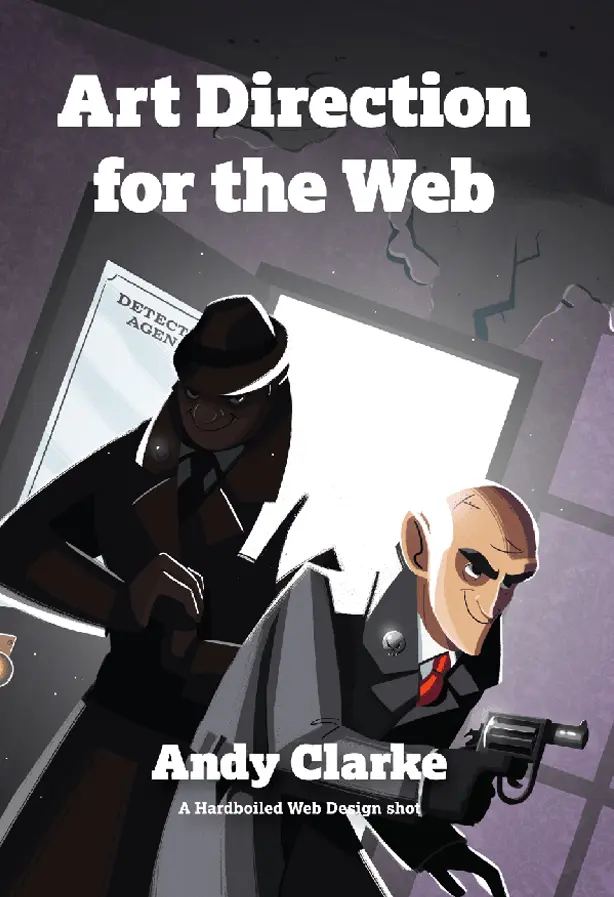Art direction refers to the visual representation and creative expression of a brand across various mediums.
Involves the overall visual concept, style, and design direction to create a cohesive and engaging user experience. It encompasses various elements such as color palette, typography, imagery, layout, and overall aesthetic choices.
Problem: Inconsistent visual identity, lack of differentiation, poor alignment with brand values and personality
Businesses often encounter challenges in developing and maintaining a cohesive and impactful brand art direction. Some common problems include: inconsistent visual identity, lack of differentiation, poor alignment with brand values and personality, ineffective communication of brand story.
Solution: Connect your brand with customers
Establish a cohesive and impactful art direction that effectively communicates the brand's values, differentiates from competitors, and creates a memorable and engaging brand experience for their audience.
Checklist
Bring your imagination to life
- Connect your brand with customers
- Improve engagement and conversions
- Bring personas and user stories to life
- Follow brand keywords
- Take design beyond frameworks - Tone of voice, emotional appeal (e.g happiness, excitement, and trust)
- Meet the project objectives, effectively communicate the intended messages, appeal to the target audience.

Art direction for the web by Andy Clarke - Is a comprehensive guide to the principles and practices of designing effective and visually engaging websites. The book covers the fundamentals of art direction, including typography, color, layout, and imagery, and provides practical advice on how to apply these principles to web design.
Process
Create memorable experiences
- 1. Define brand keywords
- Brand keywords are words or phrases that capture the essence of a brand's personality.
- For example, a brand might use keywords such as "innovative," "authentic," "sustainable," "luxurious," or "affordable" to describe its brand identity.
- 2. Define tone of voice
- Tone of voice refers to the way a brand communicates with its audience.
It is the expression of the brand's personality and values through language. - The tone of voice can be "friendly", "authoritative", "humorous", "informative", or any combination of these depending on the brand's personality and the audience's needs.
- 3. Select colour scheme
- Identify the mood and tone that aligns with brand keywords.
This could be "cheerful", "elegant", "sophisticated" etc. - Choose the colour scheme that aligns with the project objectives and target audience.
- The colour scheme should include a primary colour, secondary colours,
and accent colours. - 4. Typography and font pairing
- Identify the visual style.
Eg. "traditional", "modern", "playful", "serious" etc. - Select a font family. The font family should be versatile and have different weights, styles, and character sets to ensure that the typography can be used in various contexts.
- Pair contrasting fonts/typefaces to mark differences and enhance the visual hierarchy.
- Check legibility and readability. The typography should be legible and readable in different sizes and formats.
- 5. Grids & composition
- Create visual interest and variety in a design
- Reinforce a brand's visual identity
- Keep your content organized
- Enhance your visual hierarchy
- Achieve a sense of balance and harmony in a design, guiding the eye to the most important elements.
- Grids can be adapted to suit different formats and layouts, allowing designers to maintain a consistent look while still accommodating different content and requirements.
- 6. Mood boards & styleguides
- Connect all together
- Develop a creative concept or theme that aligns with the project objectives and appeals to the target audience.
- Create a visual styleguide
Takeaways
Clearly define
- Stylescape/design direction
- Typography
- Colour palette
- Style for: Images, iconography, videos, animations
- Style guidelines / design manual
Books
- Art direction for the web by Andy Clarke